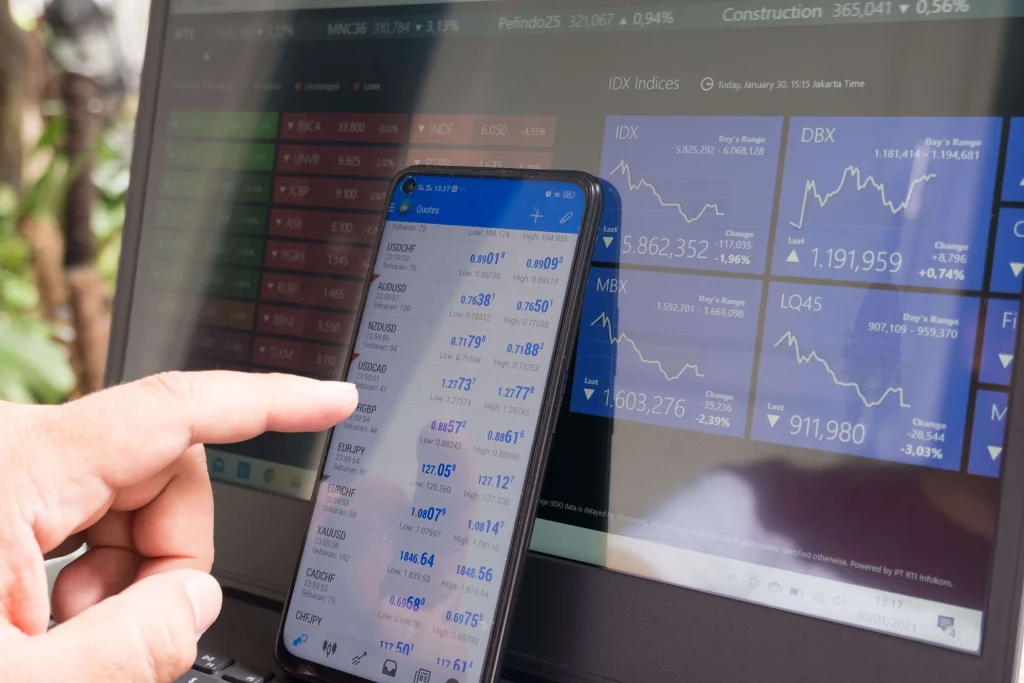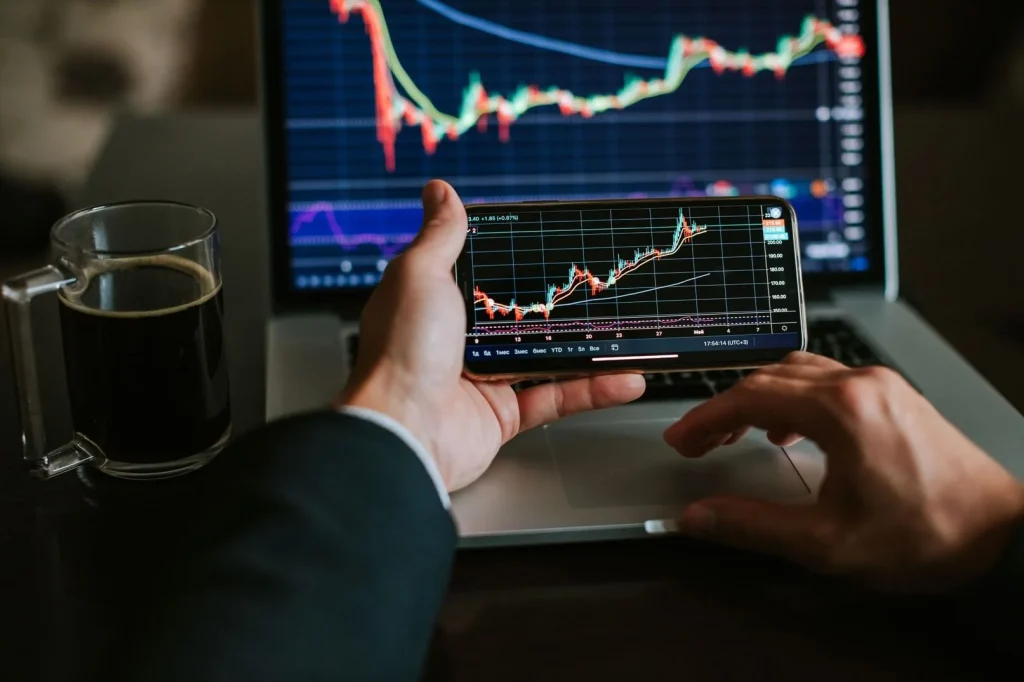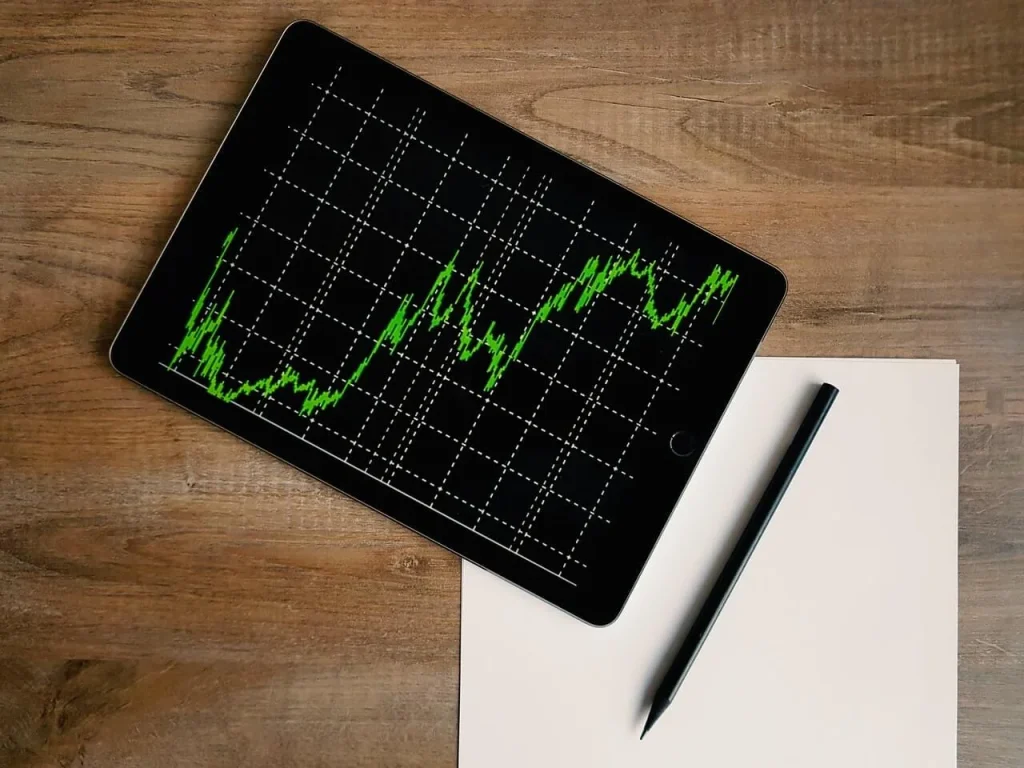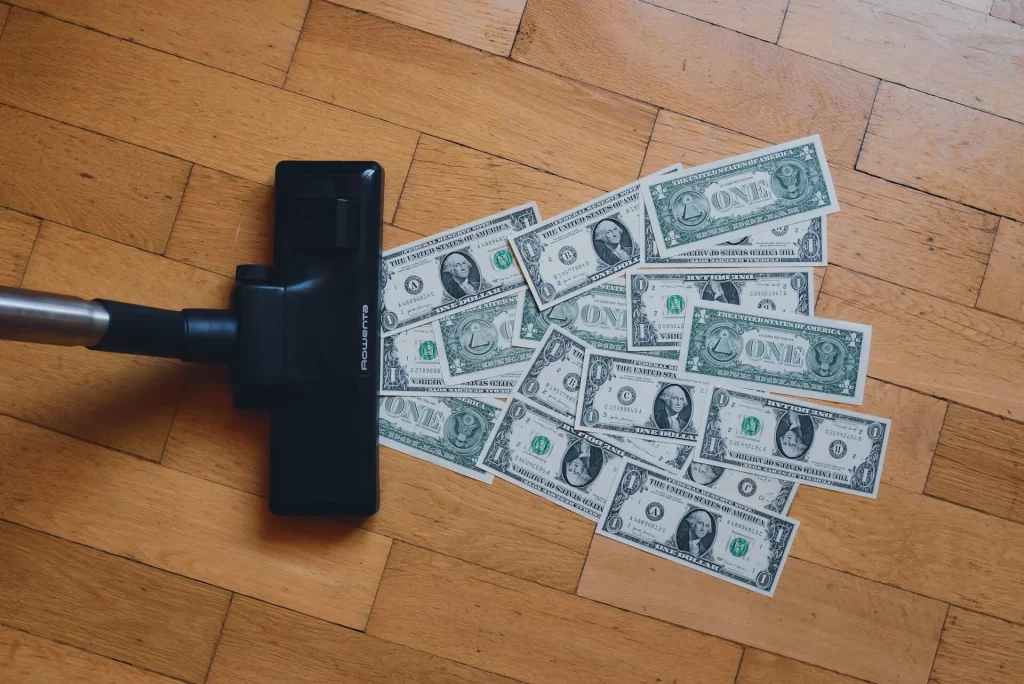Investors are currently holding back 6.3% of their stock portfolios in cash, according to the latest fund manager survey conducted by the Bank of America. Due to the raising concerns of financial instability, this is the highest level of “withholdment” since April 2001. This is one reason that could explain the current state of Philippine inflation.
Surveying 371 panelists managing $1.1 trillion, it was found that in the past month of October, the liquid markets had “deteriorated significantly”. If you have not felt some kind of recovery this November, well, the market liquidity is probably worse now. Experts on market liquidity noted that the current liquid market has never experienced such a fall since April 2020’s spread of COVID and 2007’s Great Financial Crisis which still has yet to recover.

No wonder the Philippine financial markets are in upheaval as well.
And, unfortunately, this plunging market depth is nowhere near stopping for 72% of fund managers surveyed, the ones who know the ins and outs of the liquid stocks and trading volume, predict the economy will weaken even more during the next year of 2023.
With all that said, should you opt to stay inside your condo for sale Philippines so that you would avoid spending a lot? Or, how about looking at your current assets and deciding that you can make the most out of them by investing not just anywhere but in the most liquid markets?
But let us discuss what exactly the market liquidity is.
Understanding Financial Markets and Market Liquidity
By a dictionary’s definition, Liquidity refers to the efficiency or ease with which an asset or security can be converted into ready cash without affecting its market price. The most liquid asset of all is cash itself.

In other words, liquidity measures current assets and whether they could be quickly bought or sold in the underlying market by looking into their value to people. Tangible and intangible cash is the most liquid assets of them all. This is because they can easily be converted to other assets such as investments. Meanwhile, tangible assets such as a used notebook, a car with damage, or a condo for sale Philippines that is located in the middle of nowhere can be considered illiquid assets since they are not easily bought or sold.
In this prospect, there are two ways to measure the liquidity of your current assets, or current liabilities if ever you find out.
How to measure stock market liquidity
There are two ways to measure the liquidity of something: market liquidity and accounting liquidity.

Market liquidity measures how easily an asset is being bought or sold in a specific market. Example of this is the Philippine stock market or Makati’s real estate market or the market of Shopee. What is the most highly traded commodity in Lazada? Is it dresses or gadgets? If ever one plans on putting a bookstore, are local books and Japanese manga at stable pricing liquid in the book-selling industry near the U-Belt in Manila? These are some of the questions to make market liquidity more understandable to you.
Meanwhile, accounting liquidity refers to how easily and sold quickly a company or an individual can achieve their financial obligations and goals with the current ease with the current assets they have. The higher the bar is in this spectrum, the stronger their ability to pay debts and bills cost by unwanted events if and when they come.
How about liquidity risk?
The risk of having losses resulting from not being able to meet your payment obligations (for example, wages of employees) in the time they are due is called liquidity risk. This means that it is one thing to have buyers and sellers for a certain thing, but if you are not making enough money to pay your bills, the liquidity risk of your certain product is high.

Something that has a high liquidity risk is sometimes not advisable to push forth or engage.
Miami Florida gave an example of liquidity risk: when a company has assets in excess of its debts but cannot easily convert those assets to cash and cannot pay its debts because it does not have sufficient current assets. Another example would be when an asset is illiquid and must be sold at a price below the market price.
Real estate and its market liquidity
With that, while looking at your current assets or current liabilities, which are the ones you should throw away, or sell based on their liquidity? For example, is it your paintings, car, or your real estate such as your condo for sale Philippines?
The answer among these three competitive offers when it comes to marketable securities and liquidity in the liquid market is real estate.
Everyone needs a roof on top of their heads. A home is a basic human need after food and water. And it is a well-known fact that basic human needs are the most buyable and sellable, the very definition of a liquid asset. So, if you are smart, you must definitely start investing on real estate.
You cannot live a day without being under a roof or going to a room to catch some sleep. Especially with the current trends of young adults and adults moving out of their parental house to live on their own, and with the jaw-dropping state of our population, it would be wise to start investing in real estate because sooner or later, they need to purchase a home. You can either sell the whole property or rent it out. If it is at a good location like that of Crown Asia, then your real estate will definitely have tenants fighting for a space of your house and lot or condo for sale Philippines.
With this, real estate is indeed highly liquid when it comes to its market liquidity and if sold well, accounting liquidity.
Related Blog: Stock Market Investing for Beginners


